RELEVANT DISCUSSION:
(FAR 71.41, 91.117, 91.126, 91.127, 91.129, 91.130, 91.131, 91.155, 91.215, AIM 3-2-1, 3-2-3)

CLASS B AIRSPACE:
1. Surface to 7,000 feet msl (e.g., in Miami) or up to as high as 12,500 feet msl (e.g., Atlanta) surrounding the busiest airports. (The illustration above is an example only.)
2. Individually tailored upside-down wedding cakes — and contain all instrument approaches.
3. The word “cleared” into Class B is required before entering.
4. All operations require a two-way radio.
5. Airports listed in section 4, appendix D, of Part 91 require at least a private pilot certificate. Solo student, sport and recreational pilot operations are not permitted at these locations.
6. VFR operations — Ceiling: 1,000 feet — Visibility: 3 sm — Clear of clouds (or special VFR).
7. IFR operations — An operable VOR or tacan receiver, or an operable and suitable RNAV system.
8. Unless otherwise authorized by ATC, a large, turbine-powered airplane (more than 12,500 pounds) operating to or from a primary airport in Class B airspace must operate at or above the floors of the Class B while within the lateral limits of that area, even when operating on a visual approach.
9. A large (more than 12,500 pounds) or turbine-powered airplane shall, unless otherwise required by distance from cloud criteria, enter the traffic pattern at an altitude of at least 1,500 feet agl and maintain 1,500 feet agl until further descent is required for a safe landing. (This is a noise-abatement consideration.)
This story is from the July 2017 edition of Flying.
Start your 7-day Magzter GOLD free trial to access thousands of curated premium stories, and 8,500+ magazines and newspapers.
Already a subscriber ? Sign In
This story is from the July 2017 edition of Flying.
Start your 7-day Magzter GOLD free trial to access thousands of curated premium stories, and 8,500+ magazines and newspapers.
Already a subscriber? Sign In
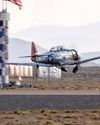
The Temple of Speed
Reno entices even this altitude-oriented pilot.

Flat Sixes
Fanatical artisans
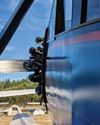
Blue over Green, Tent in Between
I’m old , I’m cranky. Why do I keep air-camping?
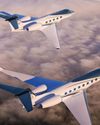
Gulfstream Reveals G400, G800
The product lineup gains large-cabin and ultralong-range mounts.
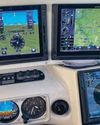
Every Airplane Requires a Checkout
Embrace the challenge of mastering a new machine.
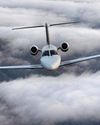
Fuhggedaboutit
Fifty-plus years of f lying forgetfulness
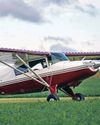
THE MAULE FAMILY APPROACHABLE AIRCRAFT
Choose your mount —the Maules do it all.
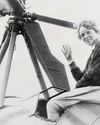
Sisters
“ Women certainly have the courage and tenacity required for long flights.” —Mildred Doran
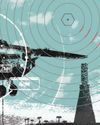
INSIDE OUT OR OUTSIDE IN?
What kind of pilot should you be?
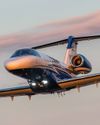
WE FLY: CESSNA CITATION CJ4 GEN2
THE FLAGSHIP CJ JUST GOT A WHOLE LOT BETTER.